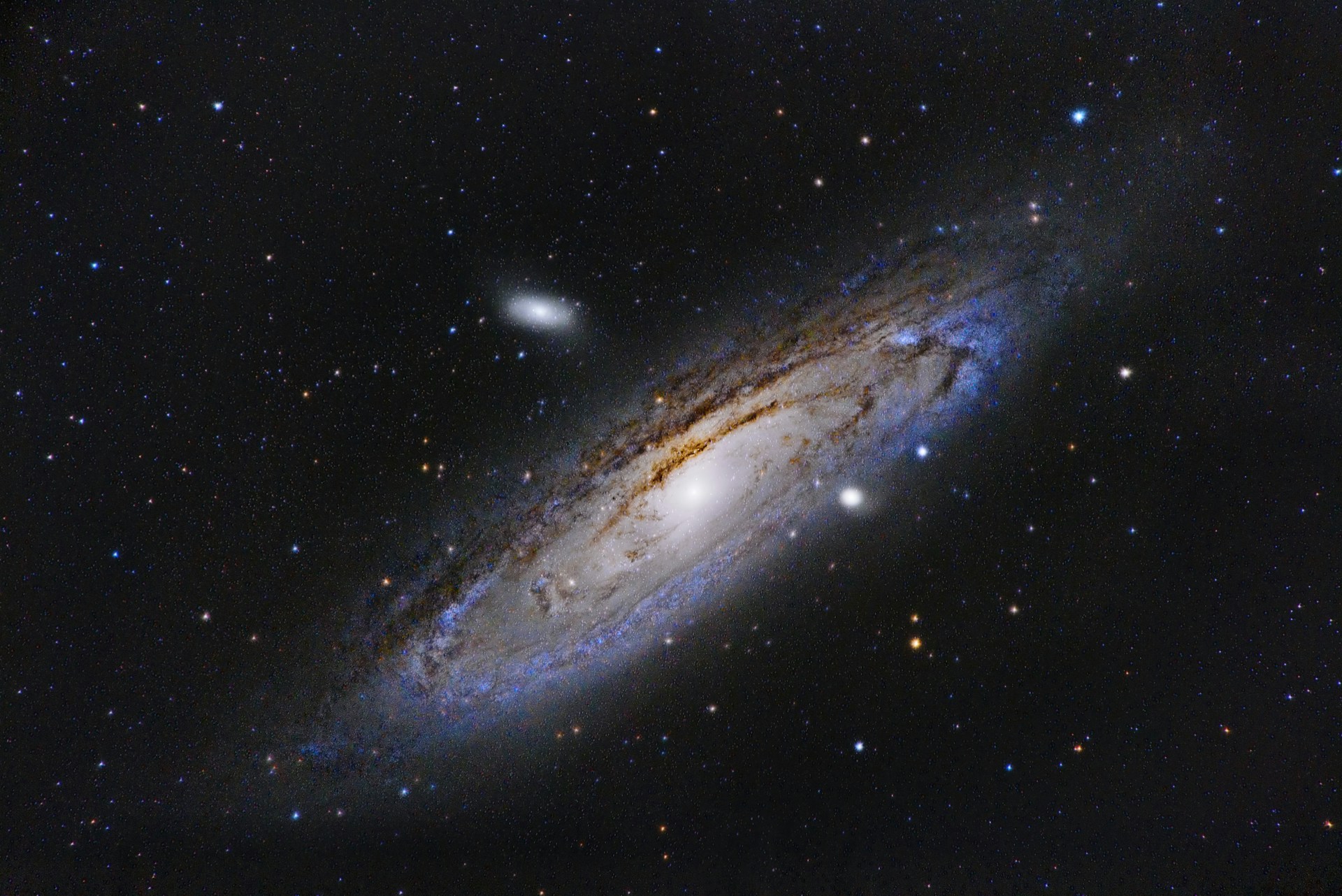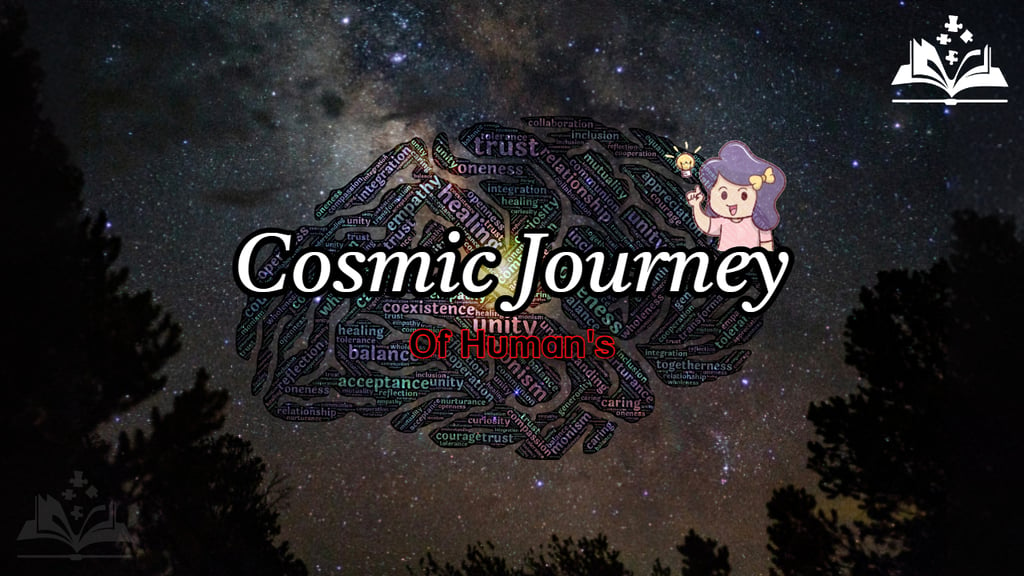
Embarking on the Cosmic Journey
Explore humanity's profound connection to the universe in 'The Cosmic Journey.' This in-depth article delves into our celestial curiosity, scientific advancements, philosophical reflections, and the future of space exploration, offering a comprehensive view of our place in the cosmos.
SPACE/TECHISRO/NASASPACE MISSIONEDUCATION/KNOWLEDGE
Sachin K Chaurasiya
9/1/20255 min read


The cosmos—an infinite expanse of stars, planets, and galaxies—has long captured the imagination of humanity. From the earliest celestial observations to the groundbreaking achievements of modern space exploration, our cosmic journey reflects not only our insatiable curiosity but also our profound quest to understand our origins, our place in the universe, and our ultimate destiny.
The Origins of Cosmic Curiosity
Humanity’s fascination with the cosmos predates recorded history. Ancient civilizations looked to the stars for guidance, attributing divine significance to celestial bodies. The Babylonians developed some of the earliest astronomical records, while the Mayans constructed intricate calendars based on their observations of planetary cycles. In India, the Vedic texts delved into cosmic creation, offering philosophical insights that remain relevant to this day. Similarly, the Greeks, such as Ptolemy and Aristarchus, laid the foundation for scientific astronomy, attempting to mathematically decode the movements of celestial bodies.
This innate curiosity was driven by both practical and existential needs. Farmers relied on the stars to predict seasonal changes, while philosophers pondered whether the heavens held answers to humanity’s deepest questions: Why are we here? What lies beyond our visible world?


The Scientific Revolution: Charting the Cosmo
The cosmic journey took a monumental leap during the Renaissance. Nicolaus Copernicus’ heliocentric model challenged the long-held belief that Earth was the center of the universe. Galileo Galilei’s telescopic observations revealed moons orbiting Jupiter and the rugged surface of our own moon, further dismantling geocentric views.
Isaac Newton’s laws of motion and universal gravitation provided a mathematical framework for understanding the cosmos. These breakthroughs not only expanded humanity’s knowledge but also underscored our connection to the universe. The same physical laws that govern the movements of galaxies also shape the trajectory of a falling apple on Earth.
The Space Age: Humanity Reaches Beyond
The 20th century marked an unprecedented era in the cosmic journey: humanity’s physical exploration of space. The launch of Sputnik 1 in 1957 heralded the beginning of the Space Age. Yuri Gagarin’s historic journey as the first human in space in 1961 and the Apollo 11 Moon landing in 1969 were defining moments that showcased human ingenuity and determination.
These achievements were not merely technological milestones; they were deeply symbolic. The image of Earth as a fragile blue sphere captured by astronauts shifted perspectives globally. It emphasized our shared existence on a single planet and fostered a sense of unity and responsibility for its preservation.
Modern Astronomy: Peering into the Depths of the Universe
Advancements in technology have transformed how we explore the cosmos. The Hubble Space Telescope, launched in 1990, has provided awe-inspiring images of distant galaxies, nebulae, and black holes. Meanwhile, radio telescopes like the Atacama Large Millimeter Array (ALMA) allow us to study cosmic phenomena invisible to the naked eye.
Projects like the James Webb Space Telescope promise to unveil secrets about the early universe, exoplanet atmospheres, and the potential for life beyond Earth. These endeavors highlight humanity’s relentless drive to push the boundaries of knowledge.
Additionally, large-scale surveys like the Sloan Digital Sky Survey (SDSS) have mapped vast portions of the universe, providing invaluable data for understanding dark matter and dark energy. Observatories like LIGO and Virgo have detected gravitational waves and ripples in spacetime caused by massive cosmic events, offering new insights into phenomena like black hole mergers.
The Philosophical Dimensions of the Cosmomic Journey
The cosmic journey is not merely a scientific pursuit; it is also deeply philosophical. The sheer scale of the universe—with its billions of galaxies, each containing billions of stars—can evoke feelings of insignificance. Yet, this perspective often leads to a profound sense of wonder and interconnectedness.
Carl Sagan’s famous reflection on the “Pale Blue Dot” encapsulates this sentiment: "Our planet is a lonely speck in the great enveloping cosmic dark. In our obscurity, in all this vastness, there is no hint that help will come from elsewhere to save us from ourselves. It is up to us."
This duality—feeling small yet deeply connected—inspires both humility and responsibility. The more we learn about the cosmos, the more we recognize the preciousness of life on Earth.
Moreover, many cultures have long associated the cosmos with spirituality. The stars serve as a metaphor for enlightenment, infinity, and the divine. By understanding the universe, we gain deeper insights into the human condition and our potential as stewards of life.


The Future of Humanity in the Cosmos
The cosmic journey is far from over. Ambitious projects, such as NASA’s Artemis program, aim to establish a sustainable human presence on the Moon, serving as a stepping stone for Mars exploration. Private companies like SpaceX are pioneering reusable rocket technology, envisioning a future where interplanetary travel becomes commonplace.
Meanwhile, the search for extraterrestrial life continues to captivate scientists and the public alike. Missions to explore Europa, Enceladus, and other potentially habitable moons may reveal whether life exists beyond Earth. The discovery of even microbial life would redefine humanity’s understanding of its place in the universe.
Efforts are also underway to develop technologies that can support long-term human survival in space. Innovations in artificial ecosystems, radiation shielding, and propulsion systems are crucial for enabling deep-space missions to destinations like Mars and beyond. Concepts such as space mining and terraforming hint at the possibility of building self-sustaining colonies on other planets.
Looking further into the future, humanity’s cosmic aspirations extend beyond the solar system. Projects like Breakthrough Starshot aim to send miniature spacecraft to nearby star systems, such as Alpha Centauri, at a fraction of the speed of light. These initiatives symbolize humanity’s drive to transcend its limitations and explore the unknown.
Beyond exploration, the cosmic journey invites humanity to envision its long-term survival. As Carl Sagan noted, the Earth will not remain habitable forever. Whether through natural events or human activities, our planet’s capacity to support life is finite. Colonizing other worlds is not merely a dream but a necessity for the survival of our species.
A Personal Connection to the Cosmos
The cosmic journey is not only a collective endeavor but also a deeply personal one. Each stargazing moment, every comet sighting, and each eclipse reminds us of our bond with the universe. The atoms in our bodies were forged in the cores of stars, connecting us to the cosmos in the most literal sense.
For many, the night sky serves as a source of inspiration and reflection. It offers a respite from the noise of daily life, inviting us to ponder our purpose and our connection to something greater than ourselves. This personal relationship with the cosmos underscores the idea that exploration is not just about discovery but also about self-awareness.
The cosmic journey is a testament to humanity’s boundless curiosity and resilience. It is a story of wonder, discovery, and the enduring quest to understand our place in the universe. As we continue to explore the cosmos, we are reminded not only of its vastness but also of the profound interconnectedness of all things. By embracing this journey, we embrace our shared humanity, our shared planet, and our shared destiny among the stars.
The journey into the cosmos is not just a voyage outward but a journey inward—a journey to discover what it means to be human and to find our place in the grand tapestry of existence.
Subscribe To Our Newsletter
All © Copyright reserved by Accessible-Learning Hub
| Terms & Conditions
Knowledge is power. Learn with Us. 📚


